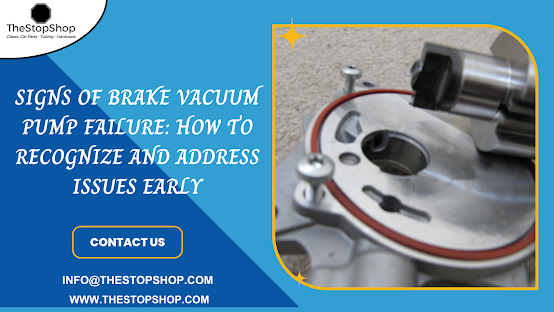How to Choose the Right Material for Fuel Line Tubing?
OK, so you are searching for the perfect fuel line tubings, right? It may seem like a trivial thing, but indeed, choosing the right material is the key point. In the end, the fate of your vehicle and its safety lies in these lines, making them a critical component to keep an eye on. Let us dive right into the basics to make sure you are on the right path.
Understanding the Basics: Fuel Lines 101
Prior to discussing materials, we will cover the basics. The fuel line tube is the fuel system's vein or artery. It performs this function by transporting fuel from the storage tank to the engine. The integrity breach can have multifaceted consequences, including leakage and efficiency drop.
The Copper Nickel Conundrum: Pros and Cons
The copper nickel brake line is a known material used in the automotive industry since time immemorial. It is resistant to corrosion and has durability features that make it the most preferred choice. It also has a bend and flare capability, making it easy to install. Nevertheless, copper-nickel can be costly, and the conductivity of this material might be unsuitable for some applications.
Aluminum Alloy: Lightweight and robust.
Aluminum alloy tubing is lightweight compared to traditional materials. Its corrosion resistance and malleability are two of the main reasons why it can be used in fuel lines. Moreover, it's less expensive than copper-nickel and is likely to influence budget-conscious consumers. However, the conductivity of aluminum can act as both its advantage and disadvantage by causing galvanic corrosion in some surroundings.
Steel Stainless: The Heavyweight Victor
The durability and strength of stainless steel fuel line tubing are unmatched. Demanding applications benefit greatly from its resilience to corrosion and high temperatures. But installing it might be difficult because of its stiffness, which calls for certain equipment and knowledge. Other purchasers could be put off by the greater price of stainless steel.
Choosing the Right Fit: Brake Line Fittings
Consideration of fittings should now be given after you've chosen a material. In order to maintain pressure and stop leaks, these connections make sure that tube parts are sealed tightly. The corrosion resistance and affordability of brass fittings make them a popular option. On the other hand, although they cost more, stainless steel fittings provide better strength and longevity.
Conclusion: Fueling Your Decision
Choosing the right material for your fuel line tubing is no small feat. It requires careful consideration of various factors, from budget constraints to environmental conditions. Whether you opt for the corrosion resistance of copper-nickel, the lightweight versatility of aluminum alloy, or the durability of stainless steel, ensure your choice aligns with your vehicle's needs. After all, when it comes to fuel line tubing, the right material can make all the difference.




Comments
Post a Comment